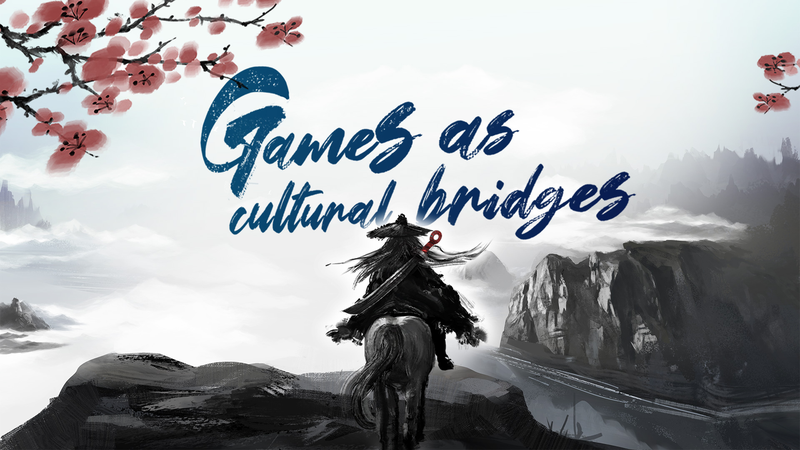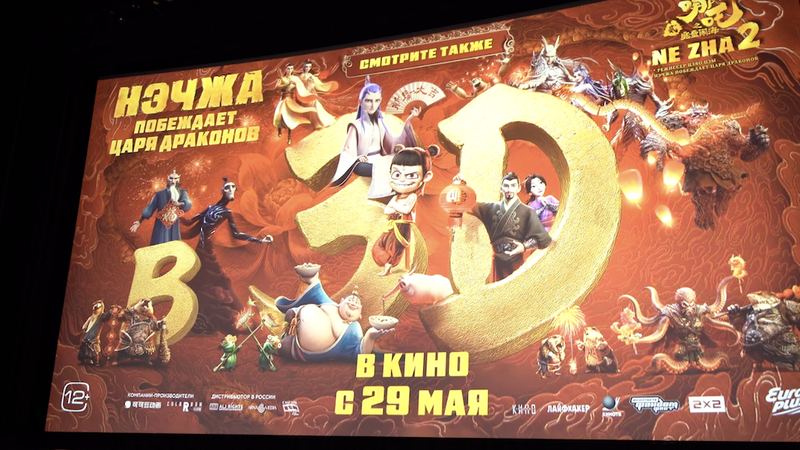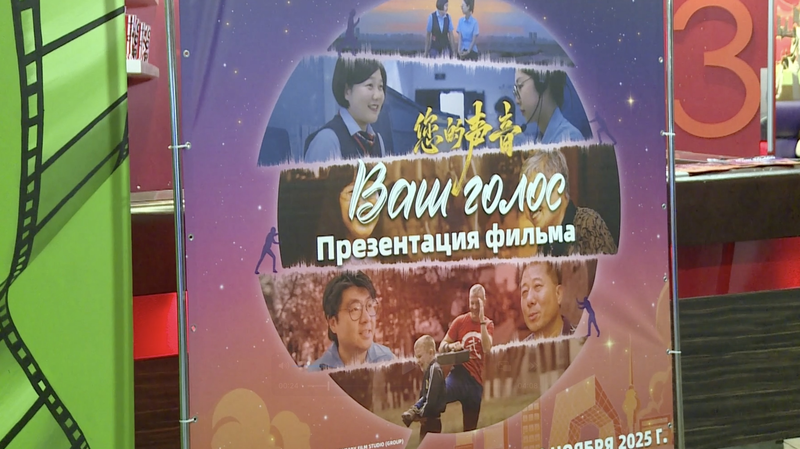🎮 From the bustling arcades of Buenos Aires to the living rooms of Mexico City, video games have exploded far beyond entertainment—they’re now powerful tools for sharing culture 🌎.
In the Chinese mainland, Felania Liu—a game studies scholar at Beijing Normal University and curator of the Homo Ludens Archive (the first public video game archive in the Chinese mainland)—has been exploring this trend in her three-part series New Perspectives on Gaming. In Part 3, she dives into how games go beyond pretty graphics to become immersive cultural bridges.
Take "Black Myth: Wukong" for example. When millions of players trekked through its ancient temples, they didn’t just collect loot—they researched the classic novel Journey to the West, built myth databases, and even swarmed real heritage sites. Some Chinese mainland landmarks saw a 300% rise in visits! 🚀
The mechanics of cultural understanding 🕹️
Traditional media might drop you a photo of a mountain; games let you climb it yourself. This is the magic of "experiential authenticity"—a gamer’s sense of truly being "there," built through interactive worlds and narratives.
"Papers, Please" is a perfect case. Instead of lectures on authoritarian dilemmas, the game puts you at a border checkpoint, forcing tough choices under pressure. You feel the weight of every stamp, every rejection. It’s cultural immersion by design.
Behind the fun, games encode deep values—the dao (principle) under the qi (form). From rule sets to story arcs, they invite players to live and learn cultural norms rather than just read about them.
By turning audiences into participants, video games are rewriting how we connect across borders. Ready to explore new worlds and cultures? Hit play and let the journey begin! 🌟
Reference(s):
Games as cultural bridges: The power of experiential authenticity
cgtn.com




